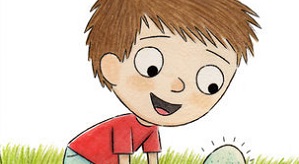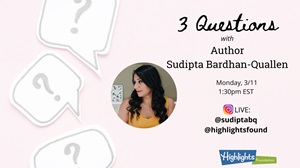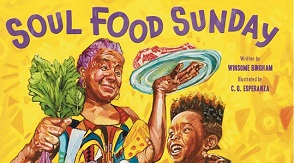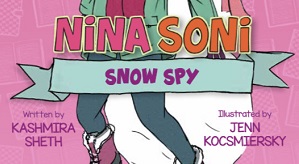Young children open books and see pages filled with strange squiggles and lines. An adult swoops in and transforms those squiggles and lines into adventurous tales or fascinating facts, introducing the children to new vocabulary and a love of books. Over time, these children learn that these odd markings are letters that stand for sounds. Children are taught to put together these letter-sounds to read many words. Some words they are taught by sight. Together, this unlocks the code for reading.
When children start school, their teachers continue to read to them from picture books, filled with rich language and beautiful illustrations or photos. At the same time, children are given simple, short books to practice their growing reading skills. These books are generally a part of their reading instruction and specially made for this purpose. Some contain patterned text (e.g., I see a cat. I see a bat); while others contain lots of words with the phonics skills children are learning (e.g., The cat sat. The cat sat on a mat.). As children learn basic phonics skills and build a base of high-frequency words they can recognize by sight (e.g., the, was, some), they are ready to tackle more complex, higher-quality texts. That’s where early readers and transitional chapter books come in.
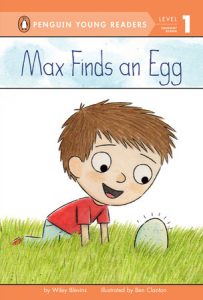
From the Penguin “Young Readers” series, Max Finds an Egg, by Wiley Blevins
Early readers are picture books. The big difference is they are controlled for vocabulary, length, sentence structure, and text format. While traditional picture books have rich, beautiful language, the words found in early readers are primarily those children already have in their speaking and listening vocabularies. Therefore, the main task is sounding out the words while reading since the meanings are already known. These books are often 32 pages, have a limited number of sentences on a page, and the text is formatted in a simple and regular way (no fancy fonts or text treatments). Examples of these books include Penguin’s Young Readers series, Simon Schuster’s Ready to Read series, and Random House’s Step Into Reading series. Within each series there are 4-5 levels of books that get progressively more complex. They range from simple fiction stories to photo-driven nonfiction. Publishers are also creating early readers using popular characters, such as superheroes.
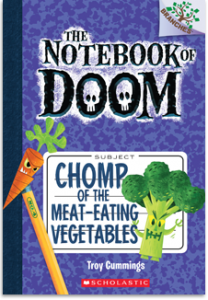
The Notebook of Doom:
Chomp of the Meat-Eating Vegetables, from the “Branches” series
As children develop as readers, they begin to crave more sophisticated looking books—like the chapter books their older siblings might read. Transitional chapter books fill that need. Like early readers, they are often controlled for vocabulary and length. Some are as short as 32 pages and contain between 1,000-1,500 words. Others might be longer (48-64), but still under 2,500 words. Scholastic’s Branches series offers many good examples. These books contain simple text like early readers (in terms of vocabulary, sentence structure, and format), but the text is divided into chapters. In some transitional chapter books, each chapter is a stand-alone story. In others, the longer story is simply divided into manageable chunks. These books provide much simpler and more direct storylines than traditional chapter books. They are also shorter, so not as overwhelming for developing readers. They allow these readers time to develop fluency with their basic phonics and high-frequency words. As a result, they will be ready to tackle the more complicated storylines and new vocabulary often found in chapter books like Charlotte’s Web or Wonder.
Early readers and transitional chapter books serve an important function in a child’s reading development. These books allow children time to develop the necessary skills, confidence, and love of reading that will put them on the path of becoming successful lifelong readers.

